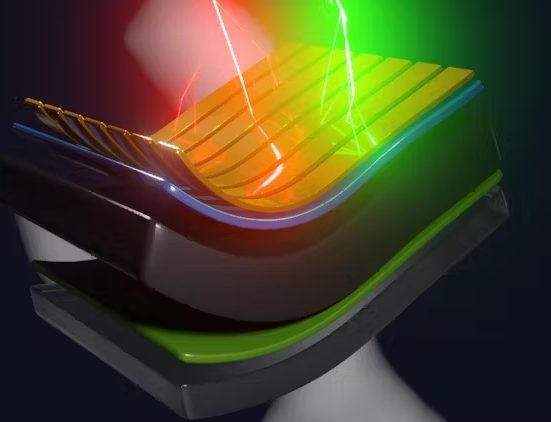What a wonderful, possibly simple solution. Here's the problem, we travel to Mars but how do we feed ourselves? Of course we can bring a lot of food, but for the return trip it is a lot. If we plan to colonize the red planet we need even more. We have to grow or somehow create food while we are there. The solution is an already wonderfully simple “biosphere” style system; a fishbowl! New research suggests that fish could be raised in an aquatic system and that nutrient-rich water can fertilize and grow plants in the regolith! A recent simulation showed that vegetables could be grown in regolith fertilized with fish tank water!
In the coming decades we may see humans colonize Mars. The red planet is 54.6 million kilometers away, which even on board a rocket takes about 7 months to reach. Future colonists could simply have supply ships drop everything they need, but that becomes ridiculously expensive to sustain and, frankly, is not sustainable. The lucky ones who colonize Mars will just have to find some way to grow what they need.
If you have seen the movie 'The Martian' with Matt Damon you will know how unforgiving the Martian environment is. Ok, the movie went a little overboard on scientific accuracy in some places, but it certainly showed how inhospitable it really is there. Matt managed to grow a decent crop of potatoes in Martian regolith fertilized with human feces. This may not be as practical in real life and there may be alternatives, less smelly and dangerous.

Assuming that settlers will have to grow fresh produce locally, a team of researchers decided to explore how feasible this might be. At first glance, it may not seem like a great idea: the atmosphere is toxic, with 95% carbon dioxide (compared to just 0.04% on Earth). There is a similar length of day on Mars, but longer lighting periods will be needed to grow crops. It's possible that at least water can be harvested from the ice that forms on and within Martian rocks. The rocks most likely contain stored water, but as far as we know, organic compounds.
The team wanted to see how the fish could help and whether water from the system could be used to impart nutrients to the Martian regolith. To test the idea, they set up an aquaponic system with fish in tanks to generate the nutrient-rich liquid.
The results were very promising. They discovered that aquaponic systems not only facilitate plant growth within the system itself, but the nutrient-rich water acts as an excellent fertilizer. This took the organically deficient regolith and turned it into something resembling usable soil. The fish used in the study were tilapia (Oreochromis niloticus) and with them, the team managed to grow potatoes, tomatoes, beans, carrots and much more. For all this to happen, the fish received enough light and other environmental stimuli. The plants grew and, in fact, thrived in a tent that simulated Mars in every way possible.
It is interesting to note that the study not only benefits future space travelers but also inhabitants of the most environmentally hostile places on Earth.
Fountain : Fish and chips on Mars: our research shows how colonists could produce their own food













Leave feedback about this